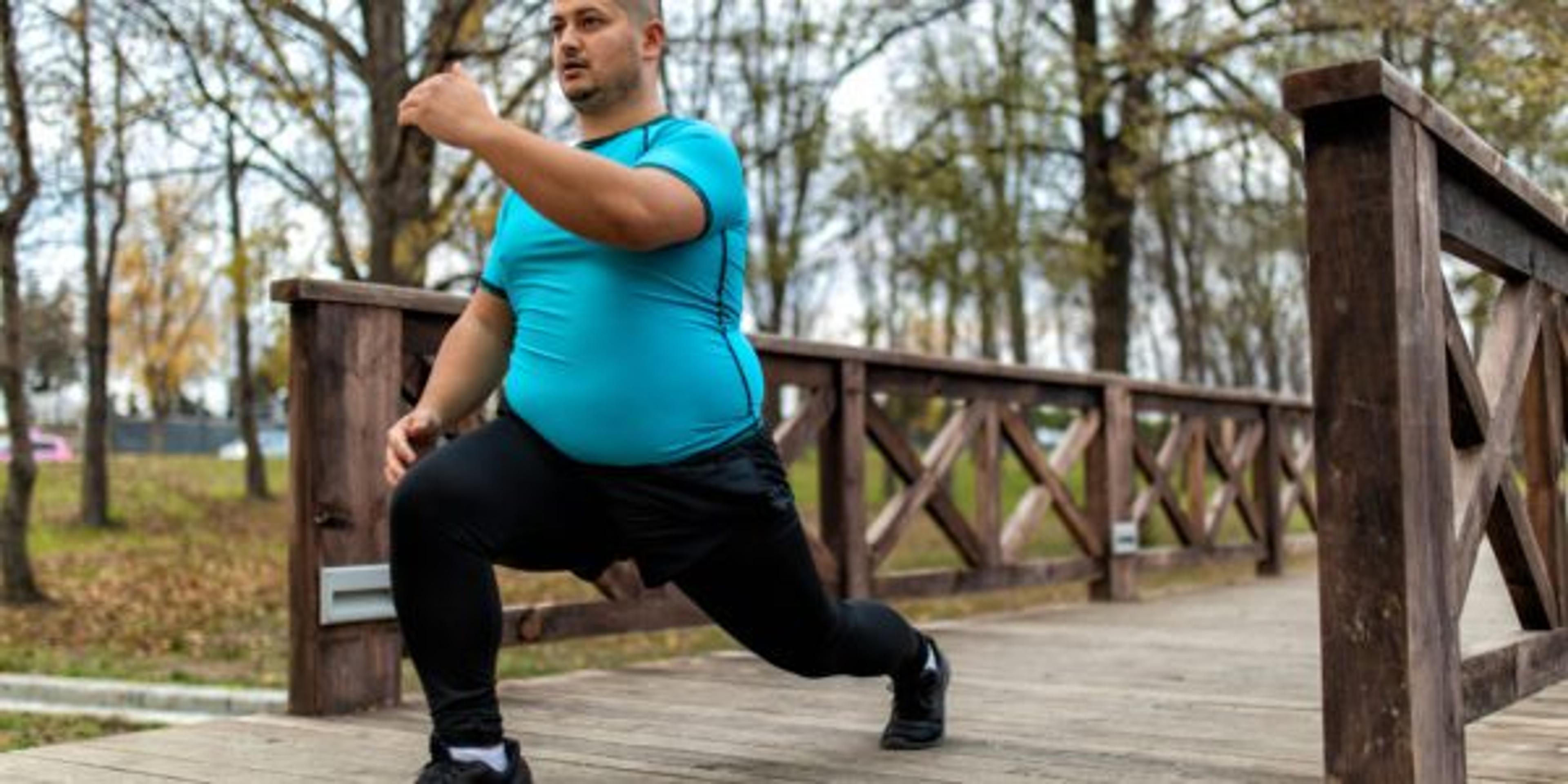The Difference Between Static and Dynamic Stretching
Jake Newby
| 3 min read

Stretching is important. But we may not all know when or why to perform certain stretches.
Dynamic and static stretching are two of the most popular forms of stretching and both can be beneficial to everyone, regardless of personal activity levels. But both forms of stretching serve specific purposes and should therefore be reserved for specific times.
Static stretching
Static stretching is probably the type of stretching that comes to most everyone’s mind when we hear the word “stretch.” It involves slowly moving a joint as far as it can go and holding it in place for a certain length of time.
Most fitness experts agree that static stretches should be held for between 30 to 60 seconds at a moderate intensity. In other words, to the point of very mild discomfort.
Example: During a static hamstring stretch, choose the leg you want to stretch, lunge about one foot in front of you, plant the leg, then hold the planted hamstring in place for a set amount of time.
When to do it: Static stretches should be incorporated into your post-workout routine as they can help cool your muscles down after a workout. If you just ran a 5k, for example, lower-body static stretches that focus on the hamstrings, quadriceps, calves, and hips can increase flexibility and range of motion in those muscle groups, while reducing recovery time and risk of muscle strains.
Dynamic stretching
Dynamic stretching involves moving a joint or muscle through its full range of motion at a controlled speed. These movements should typically be sports-specific motions that are performed in sets of 10 to 12 repetitions, targeting certain muscle groups.
This type of stretching uses functional movements that consist of higher speeds and more explosive movements than static stretches.
Example: Walking lunges is one example of dynamic stretching. Instead of holding the hamstring in place like in the previous example, you would lunge forward with one leg, plant it, then make another lunge forward with the opposite leg and plant that one. Repeat this process so that each leg lunges 5 to 10 times.
When to do it: While warming up before a workout, dynamic stretching can be a great way to mimic the type of high-intensity workouts you are about to engage in, making it the advisable method of warmup stretching. Whether it be your shoulders, legs, or torso, targeting those areas with dynamic stretches can help increase mobility and muscle temperature, while decreasing stiffness and providing a jolt to exercise performance.
For more AHealthierMichigan fitness content, visit the links below:
Photo credit: Getty Images





